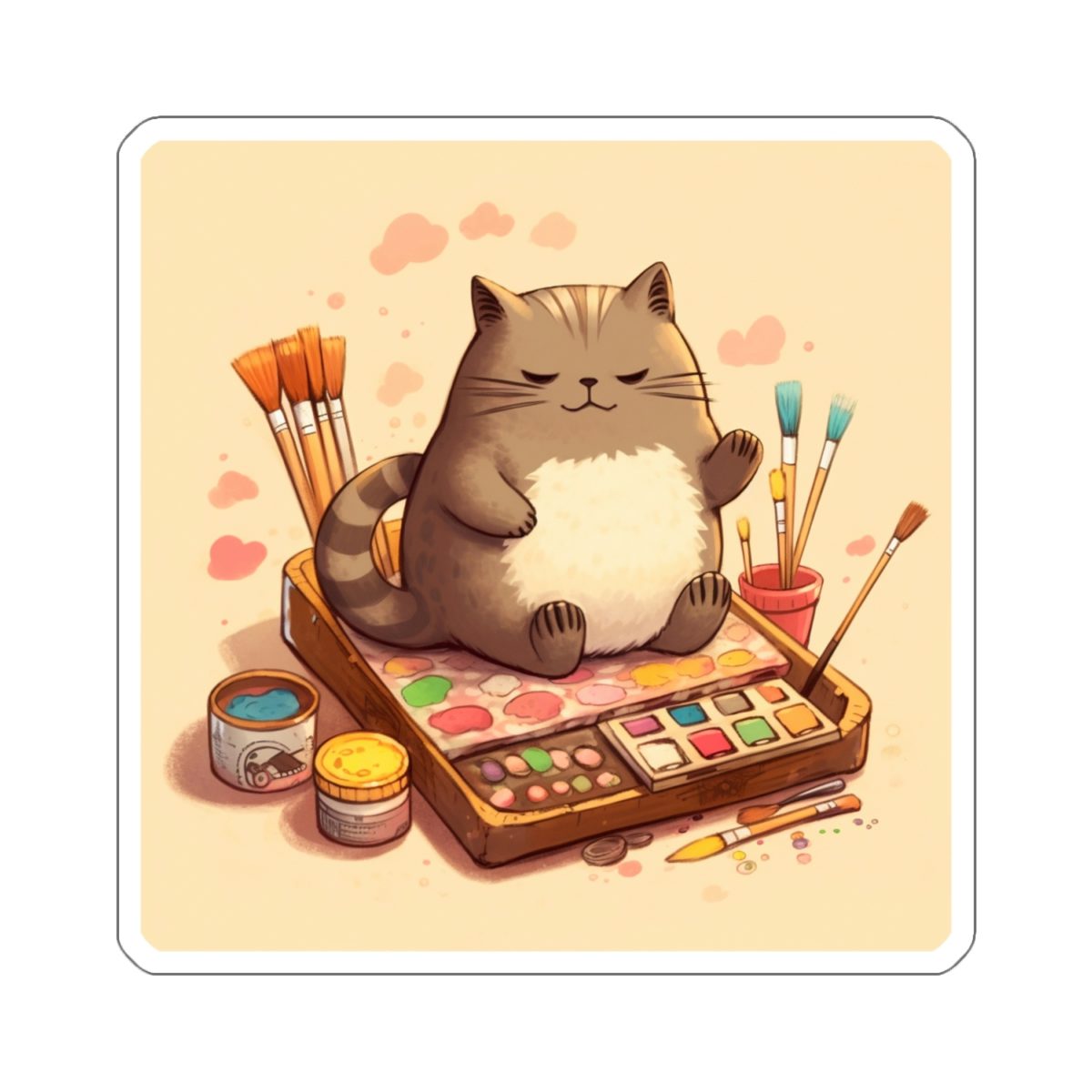
Introduction
Art is a form of self-expression, and there are no rules when it comes to creating art. However, there are some tips that can help you create art that is both visually appealing and meaningful. One way to customize your artwork is to add your own personal touch. This can be done in a variety of ways, depending on the medium you are using.

Tips for Customizing Your Artwork
Here are a few tips for customizing your artwork:
- Use different colors. One of the easiest ways to customize your artwork is to use different colors. You can use bright colors to create a bold and eye-catching piece, or you can use muted colors to create a more subdued and elegant piece.
- Add patterns. Patterns can add a touch of interest and visual appeal to your artwork. You can use geometric patterns, floral patterns, or even animal prints.
- Use textures. Textures can add depth and dimension to your artwork. You can use different types of paint, paper, or fabric to create different textures.
- Add text. Adding text to your artwork can be a great way to add a personal touch or to convey a message. You can use your own handwriting, or you can use fonts that you find online.
- Use collage. Collage is a great way to combine different elements of art to create a unique and personal piece. You can use found objects, magazine clippings, or even your own photographs.
- Use mixed media. Mixed media is a term used to describe art that uses a variety of different materials and techniques. This can be a great way to experiment and to create something truly unique.
Examples of Customized Artwork
Here are a few examples of customized artwork:
- Colorful painting. This painting uses bright colors to create a bold and eye-catching piece. The artist has used different shades of blue, green, and yellow to create a sense of movement and energy.
- Patterned fabric. This fabric uses a geometric pattern to create a visually appealing and interesting piece. The artist has used a variety of different colors and textures to create a unique and eye-catching piece.
- Textured sculpture. This sculpture uses different textures to create a sense of depth and dimension. The artist has used a variety of different materials, such as wood, metal, and fabric, to create a unique and visually appealing piece.
- Text-based painting. This painting uses text to create a personal and meaningful piece. The artist has used their own handwriting to create a piece that is both unique and visually appealing.
- Collage. This collage uses found objects and magazine clippings to create a unique and personal piece. The artist has used a variety of different materials to create a piece that is both visually appealing and thought-provoking.
- Mixed media piece. This mixed media piece uses a variety of different materials and techniques to create a unique and personal piece. The artist has used paint, fabric, and found objects to create a piece that is both visually appealing and thought-provoking.
Conclusion
There are many ways to customize your artwork. By following the tips in this article, you can create art that is both visually appealing and meaningful. So don’t be afraid to experiment and to add your own personal touch to your artwork.













